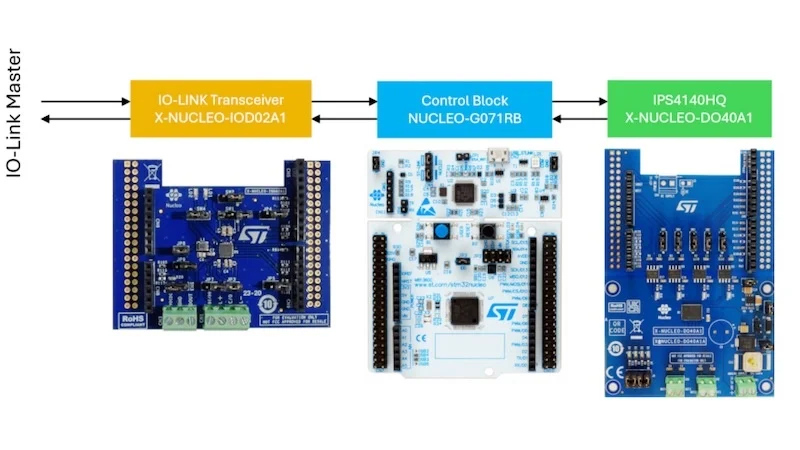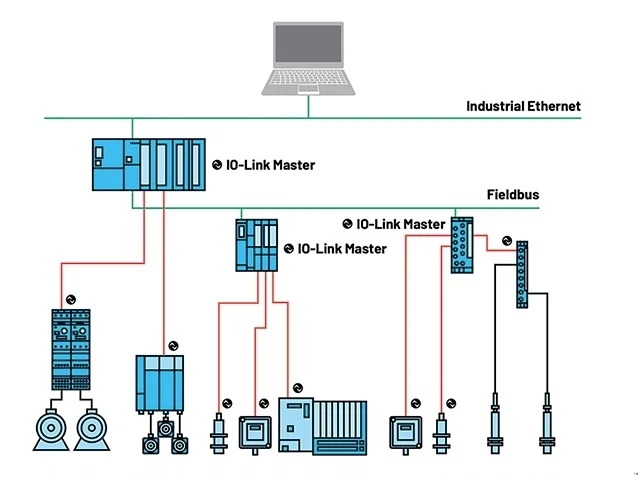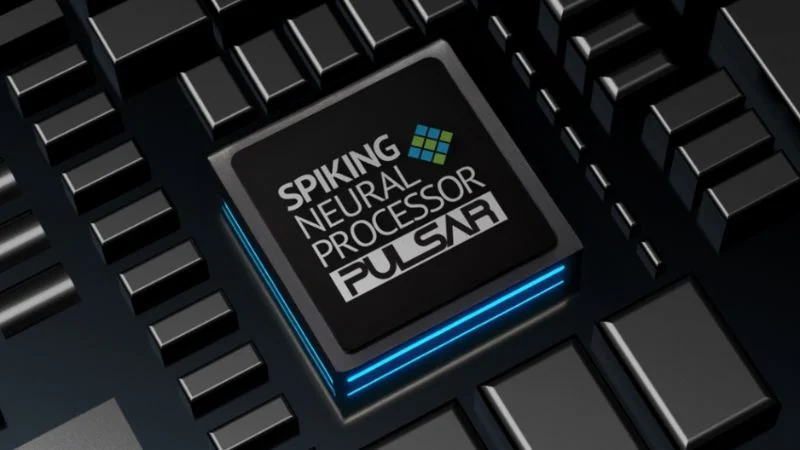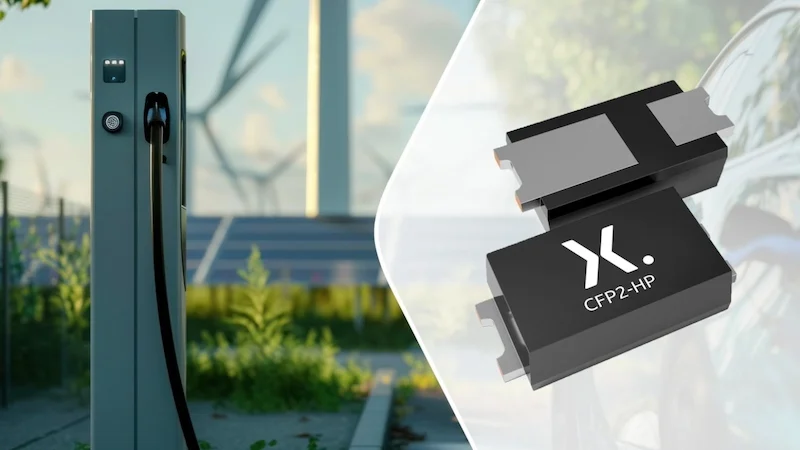The new development kit helps designers create industrial systems incorporating actuators and sensors.
Recently, STMicroelectronics introduced the P-NUCLEO-IOD5A1, a new development kit designed to evaluate and prototype IO-Link device applications by integrating digital output actuation with industrial communication.
With an eye on industrial automation projects, ST hopes that the new kit will provide designers with an easier way to leverage ST hardware for production-level industrial equipment. Let’s take a deeper look at the details of the new NUCLEO board.
Three Primary Components
A deeper look at the P-NUCLEO-IOD5A1 shows that it comprises three primary components: the NUCLEO-G071RB board, the X-NUCLEO-IOD02A1 transceiver board, and the X-NUCLEO-DO40A1 digital output expansion. At its core, the NUCLEO-G071RB features an STM32G071RB microcontroller with a 64 MHz Arm Cortex-M0+ CPU, 128 KB of flash, and 36 KB of SRAM.
The MCU also supports advanced memory protection, integrated DMA, and a broad suite of I/Os and system peripherals that unlock robust real-time IO-Link communication.
More information can be found in the P-NUCLEO-IOD5A1 data brief.

P-NUCELO-IOD5A1 block details. Image used courtesy of STMicroelectronics.
The IO-Link interface itself is realized through the L6364Q dual-channel transceiver on the X-NUCLEO-IOD02A1, which supports both IO-Link and SIO (Standard IO) modes. This device manages the physical layer of IO-Link protocol compliance while maintaining backward compatibility with conventional sensors.
The X-NUCLEO-DO40A1 (in other words, digital output expansion) integrates the IPS4140HQ, which is a quad high-side intelligent power switch that supports loads of up to 0.6 A per channel. Meanwhile, the power switch incorporates diagnostic and protection features that support industrial safety and reliability requirements, with each channel independently controllable and supporting output status feedback to facilitate predictive maintenance and fault localization.
To provide application-level functionality, the kit also includes the FP-IND-IODOUT1 function pack, which integrates a demo IO-Link stack based on X-CUBE-IOD02 and actuator control via X-CUBE-IPS. Developers can use the platform to build and test IO-Link-compliant sensor and actuator nodes while taking advantage of STM32 ecosystem software and tools.
The kit supports applications in factory automation and offers a reference design for building scalable, IO-Link-enabled industrial subsystems with integrated diagnostics and efficient load management.
Implementing IO-Link in Industrial Output Modules
Implementing IO-Link in industrial output modules presents distinct challenges that differ from sensor-side integration.
One challenge is that output devices must simultaneously manage communication, power switching, protection, and diagnostics in notoriously electrically noisy environments. Whereas sensors typically transmit relatively low-power data signals, output modules must control actuators and other high-current loads while ensuring system stability and functional safety. This dual responsibility introduces complexity in isolating the control logic from the power stage while maintaining compliance with the IO-Link physical and protocol layers.

IO-Link compatibility with existing industry protocols. Image used courtesy of Analog Devices.
The IO-Link protocol, designed for point-to-point serial communication, requires deterministic data exchange at 230.4 kbps over unshielded three-wire connections. In output modules, engineers must confirm that this signal integrity is maintained while driving loads that can exceed hundreds of milliamps per channel.
Power switches in these modules, such as high-side drivers, must offer per-channel diagnostics and protection to detect faults such as short circuits, overtemperature, and open loads. Integrating this real-time feedback into the IO-Link process data adds value but increases design complexity.
Thermal management and electromagnetic compliance also pose constraints, especially when switching inductive loads. Designers must address transient suppression, cross-channel isolation, and fault detection latency to maintain reliable operation. The system firmware must manage state transitions and diagnostic reporting within the memory-limited microcontroller typically used in these modules.
Additionally, implementing IO-Link requires support for IODD-based configuration and service data access, often through a standardized stack that must run on constrained embedded platforms.
Facilitating IO-Link Development
Solutions like the P-NUCLEO-IOD5A1 address IO-Link challenges by combining IO-Link transceivers with intelligent power switches and pre-integrated protocol stacks. Fortunately, the complete development kit is now available from certified ST distributors.



